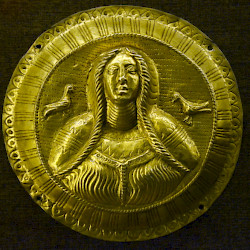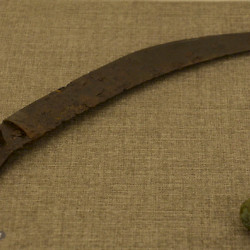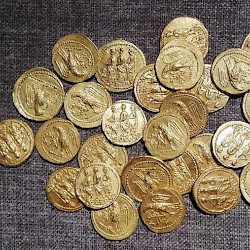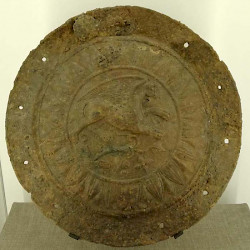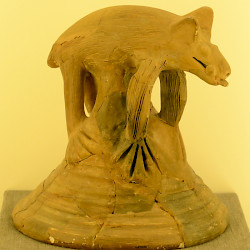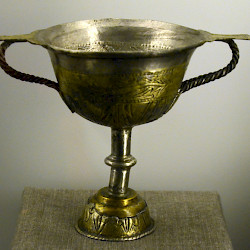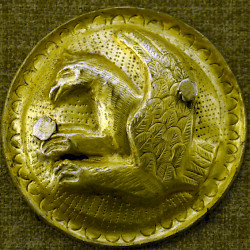Dacian Kingdom
Q173082Dacia: country north of the Lower Danube, more or less identical to modern Romania. It experienced influences from the Thracians, Scythians, Greeks, and Celts and became a powerful kingdom (below), added as a province to the Roman Empire, abandoned to Germanic-speaking tribes, and part of the Avar zone of influence.
Dacian Kingdom
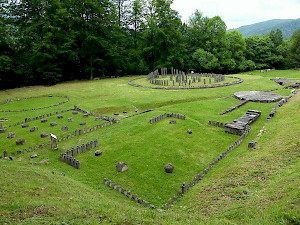
Situated directly north of the Lower Danube in what is now Romania, the kingdom of Dacia came existed in the first centuryies before and after the beginning of the common era. As we have seen above, the original inhabitants were related to the Thracians and had been living in the Carpathian Mountains and Transylvania since times immemorial. Scythian immigrants and Celtic warriors had settled in the region and the Greeks had founded colonies on the Black Sea coast. In the mid-second century BCE, we see that the people built various fortified settlements. Sarmizegetusa Regia is the best known of these.
The key question is what caused these construction works. Perhaps a new, indigenous warrior elite forced the Celts out and built the hillforts. Alternatively, the Celts were assimilated, the new rulers were an elite of merchants, who built forts to protect their possessions. It is also possible that the Celts were the warrior elite that turned the area into a Dacian kingdom and needed fortresses to protect itself. In any case, we can witness a process of state formation, in which various kingdoms were created. In some periods, they were united into one single, powerful state, such as by Burebista and Decebalus, kings who were high priests at the same time.
Burebista created an empire in present-day Romania and Bulgaria that was sufficiently prosperous to attract the attention of Julius Caesar, who in 58 BCE intended to invade Dacia and take possession of its gold mines. A migration of Helvetians made him look to the north and invade Gaul. The other king mentioned above, Decebalus, lived in the final quarter of the first century CE, attacked the Roman Empire, was defeated by the emperor Domitian (r.81-96), continued the war nevertheless, and was finally defeated by the emperor Trajan (r.98-117).

